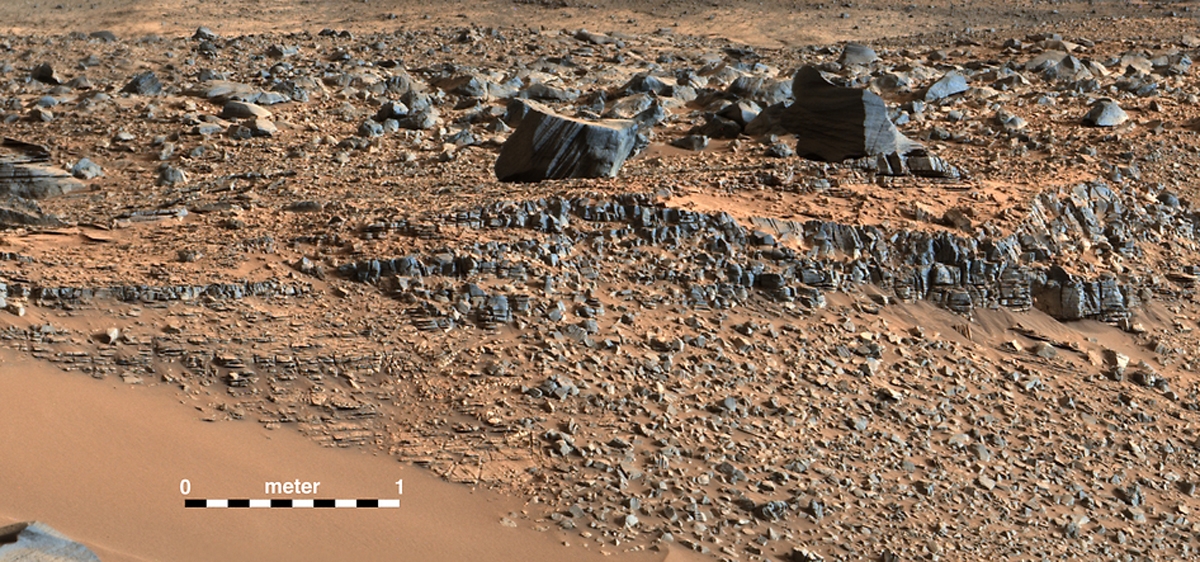NASA's Mars rover Curiosity has arrived at the base of a mountain of layered rock that scientists suspect holds clues about whether the planet most like Earth in the solar system had the ingredients to support and preserve signs of microbial life.
The 1-ton rover touched down inside an ancient impact basin in August 2012. It quickly discovered a region inside the Gale Crater landing site that was chemically and geologically suited for the same kind of rock-eating microbes commonly found on Earth.
With the primary goal of the mission met, scientists set about the more daunting task of finding environmental niches that not only could have hosted life, but also preserved signs of its existence — a tricky prospect since the same processes that make rock tend to destroy organic carbon.

















With your current subscription plan you can comment on stories. However, before writing your first comment, please create a display name in the Profile section of your subscriber account page.